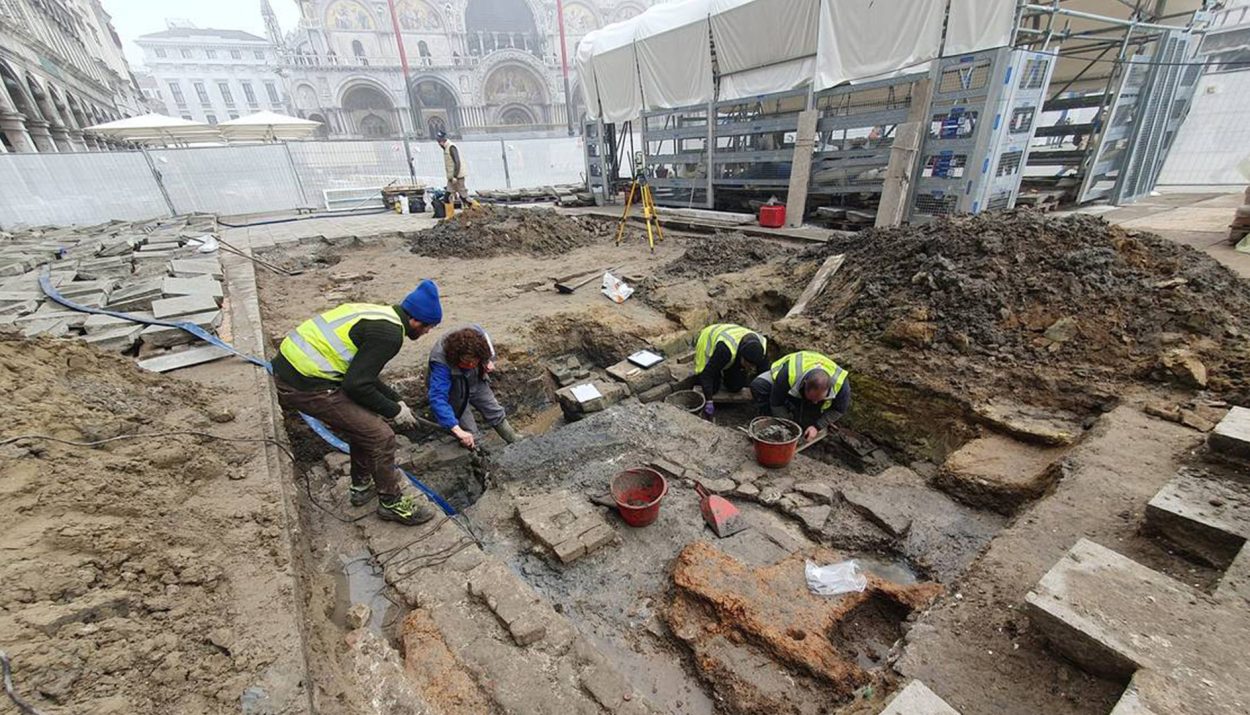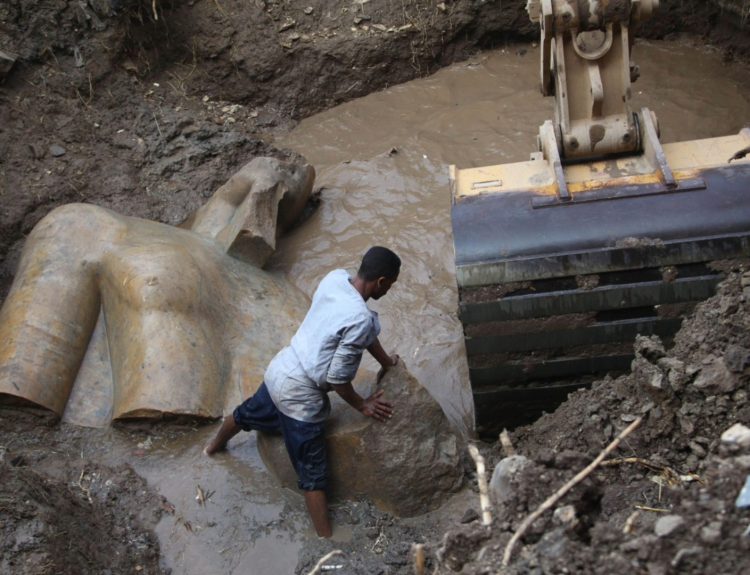For a city as old as Venice, Italy – which was founded on March 25, 421 AD – it has undergone centuries of building and construction projects. The Venice of today is vastly different from the Venice of the 5th and 6th centuries.
Still, it was a surprise to archaeologists working in Piazza San Marco in the center of Venice when they found the remnants of a medieval church that is one of the oldest places of worship in the historic city.
Piazza San Marco
Piazza San Marco, which translates to St. Mark’s Square, is Venice’s main public square and one of the most popular and beautiful places in the Italian city. It is surrounded by architecturally grand buildings.

The focal point of the square, however, is St. Mark’s Basilica. This majestic Byzantine-style church is known for its gorgeous tilework and mosaics. Piazza San Marco welcomes tourists with cafes and coffee shops, live music, and museums.
Ongoing Restoration Work
A team of archaeologists have been conducting research at Piazza San Marco as part of the ongoing restoration work being done there. The square’s paving stones, called “masegni,” perform a unique function in Venice and need replacing from time to time.
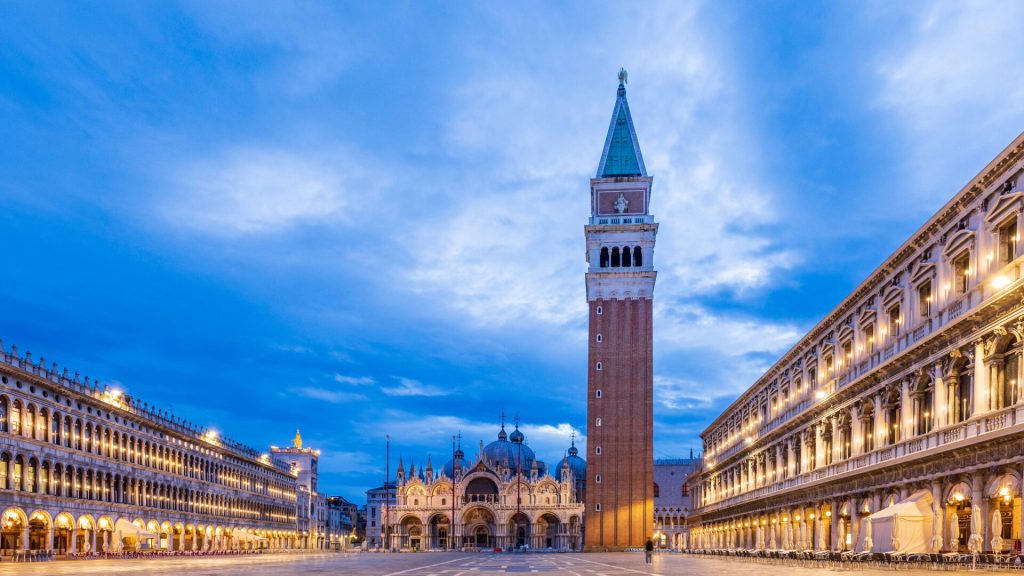
Venice was built on man made land constructed in a shallow lagoon. The masegni – large squares of trachyte stones – protect Venice from the high moisture levels and humidity. They even keep Venice cooler in the summer heat.
A Series of Ancient Walls
Archaeologists working in Piazza San Marco unearthed a collection of walls and floor levels. This prompted them to further investigate the ancient structures.
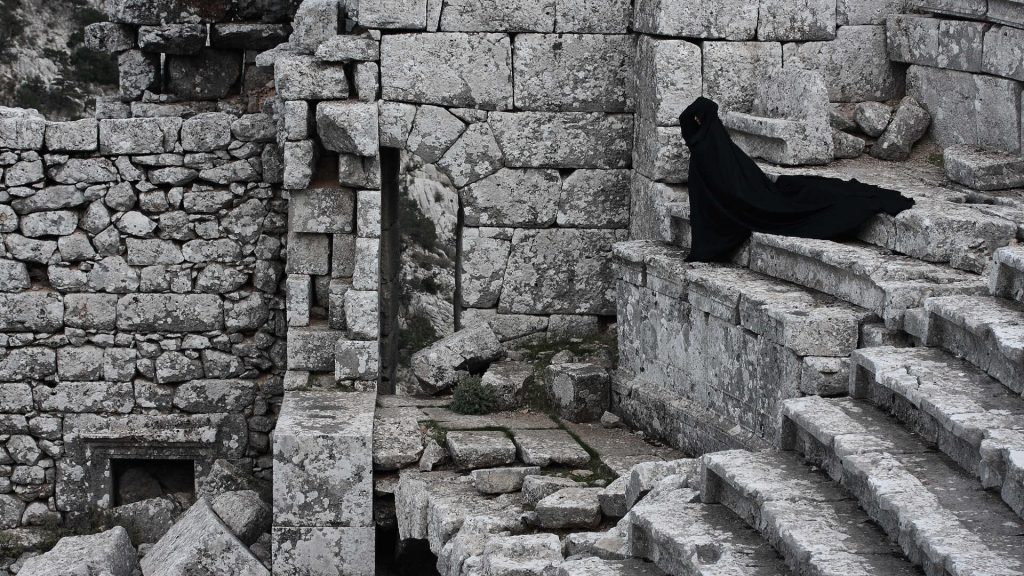
According to Sara Bini, the director of excavations at Piazza San Marco, “The discovery is very important for the study of the original Piazza San March, which was very different from how we see it today and about which very little is known.”
A Long-Lost Church
The Superintendency of Archaeology, Fine Arts, and Landscape for the Municipality of Venice and the Lagoon was alerted to the discovery. Officials from this organization, along with the archaeologists, believed that the walls belonged to the long-lost Church of San Geminiano.
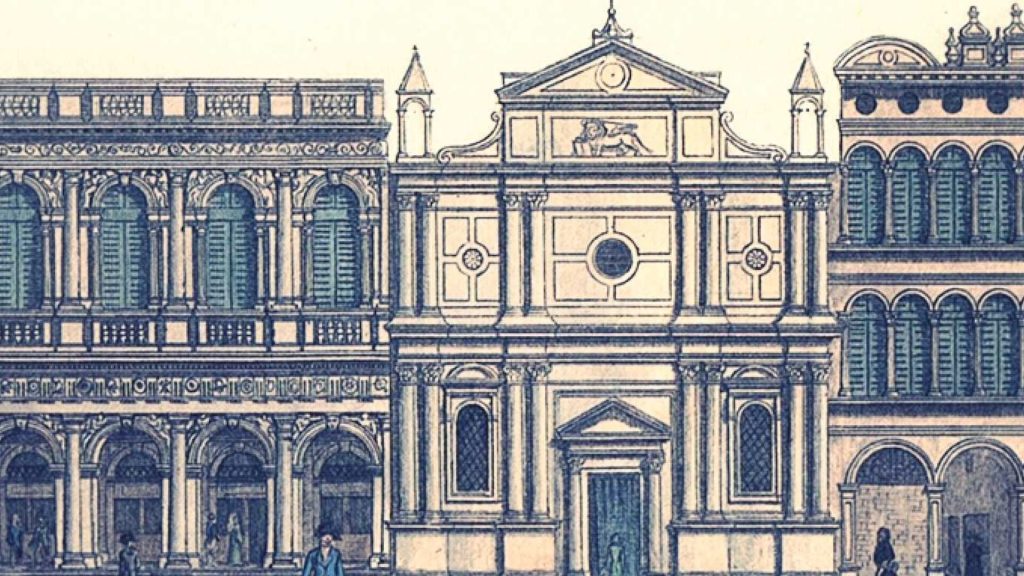
The Church of San Geminiano was built in Venice in the 5th century. Sometime in the 10th century, the church was destroyed and rebuilt several times. By the early 1800s, all remnants of the church were gone. Moreover, the exact location of the Church of San Geminiano was lost.
The Church of San Geminiano
A Roman Catholic church, San Geminiano was constructed by the Byzantines in 554 AD to honor Saint Geminianus. The Byzantine general Narses commissioned the church to show appreciation to the Venetians for aiding the Byzantines in the siege of Ravenna.
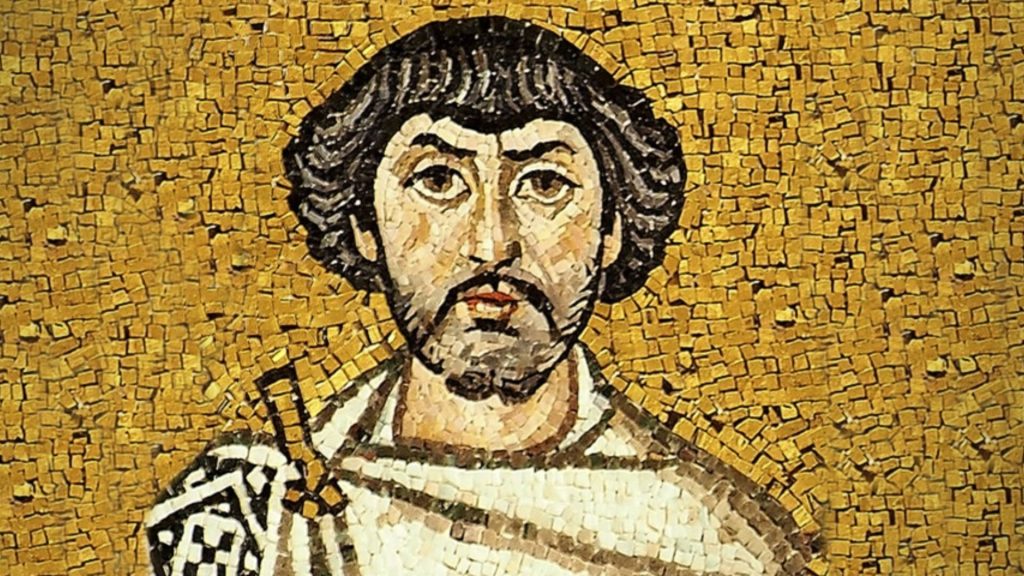
It is believed that the Church of San Geminiano was destroyed in 976 when fire swept through the building. It is not known when the church was rebuilt, but there is a written reference of the church’s existence in the year 1023 and another saying that it was destroyed by an earthquake in 1106.
Who Was Saint Geminianus?
Not much is known about Saint Geminianus. He was the Bishop of Modena and, in 390 AD, his name appeared on a list of participants in Saint Ambrose’s council in Milan.
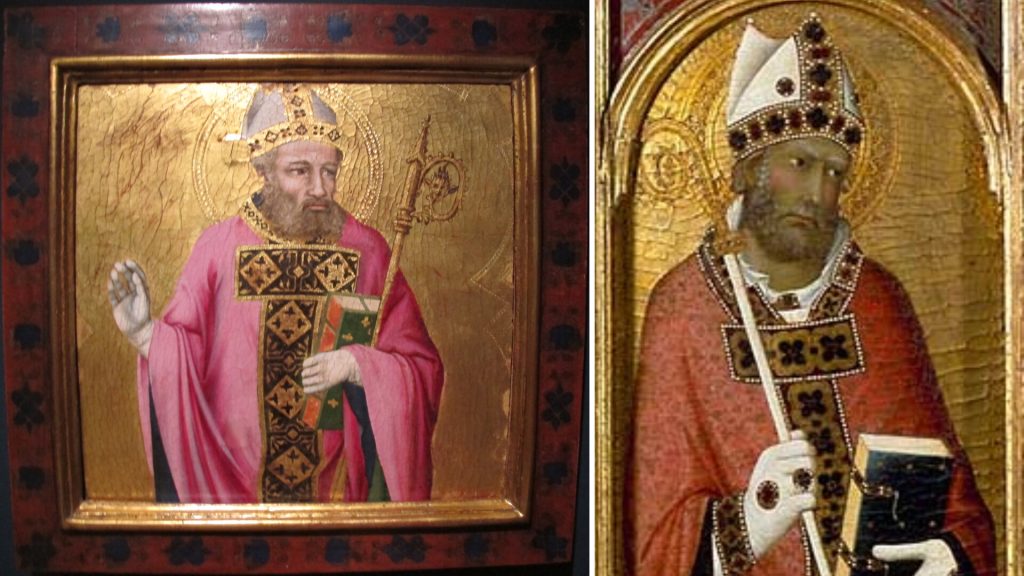
Other mentions of him, which came from Saint Athanasius and Saint John Chrysostom, mention his kindness and hospitality when they traveled through Modena. There is also textual evidence that Saint Geminianus went on record to voice his opposition to the Christian ideas of Arianism and Jovinianism.
A Small Church
According to the documents related to San Geminiano, the church was not very large. It was, however, rather ornate. It was made of marble and stone with an intricate facade, exquisite artwork, and lavish decorations.
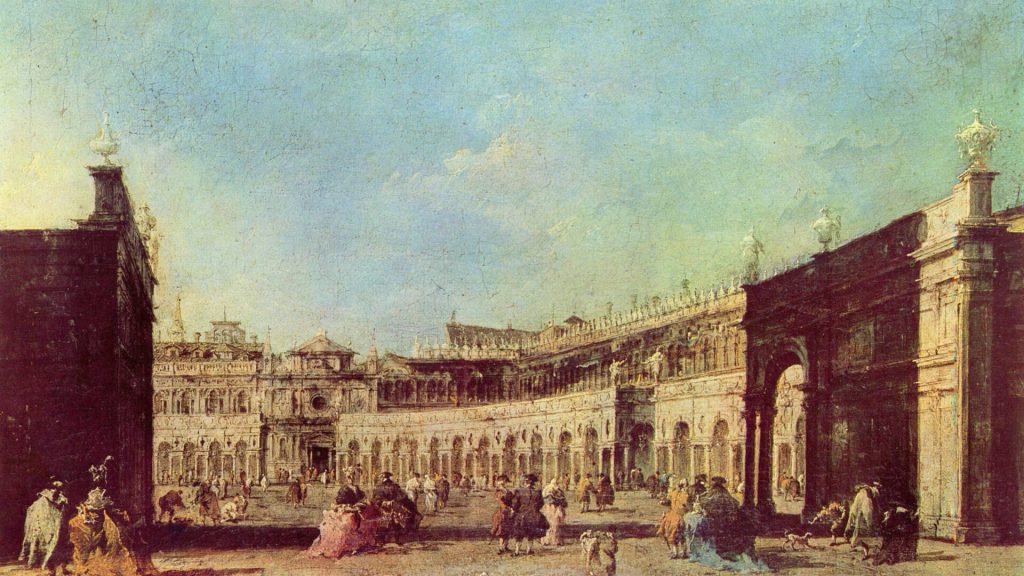
The Church of San Geminiano was called “a ruby among pearls” by author Leonico Goldini and is an “extremely rich and well-conceived in design” by Francesco Sansovino.
Losing Trade of the Church
According to Bini, “At this point it is probable that the church of San Geminiano was moved at least three times, until its final demolition in 1807 by Napoleon, who built in its place the so-called ‘Ala Napoleonica’ visible today.”

She continued, “Archival sources told us about this church dedicated to San Geminiano, however, its memory had been lost and it was not known exactly where it was located.”
“The Oldest Place of Worship in Venice“
According to the Superintendency of Archaeology, Fine Arts, and Landscape for the Municipality of Venice and the Lagoon, the Church of San Geminiano was one of the first houses of worship in Venice.
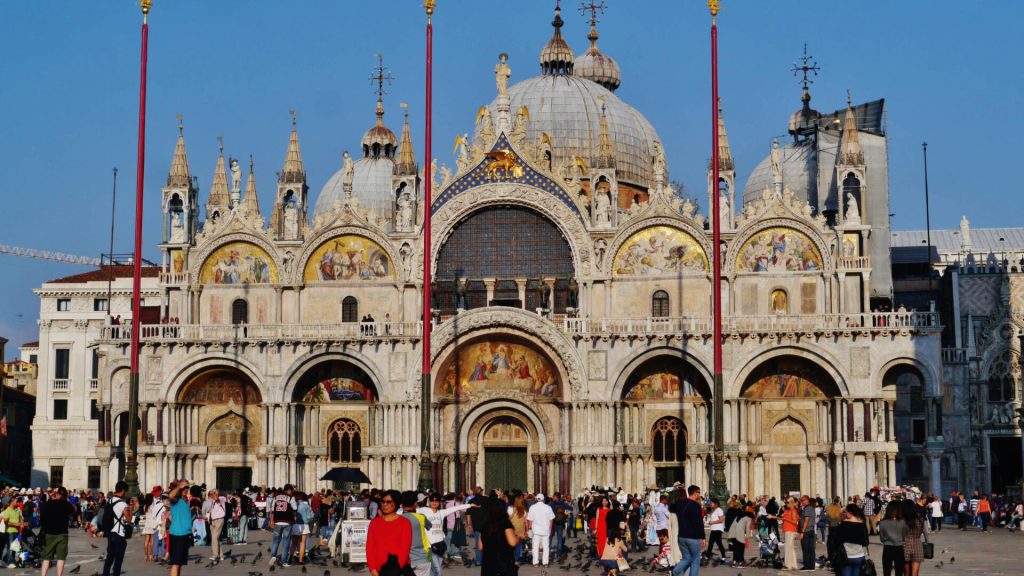
As Bini noted, San Geminiano was built well before Saint Mark’s Basilica and even before Piazza San Marco was established. It was among the oldest churches in all of Venice.
Saint Mark Came Later
When the Church of San Geminiano was built, Saint Mark was not yet the patron saint of Venice. At that time, Saint Theodore was. Saint Mark’s Basilica and Piazza San Marco were built after relics belonging to Saint Mark were smuggled out of Alexandria in the 9th century.

The important religious relics were hidden in a basket filled with pork and carried out of Alexandria, which was under the control of the Abbasid Empire, and secreted out of the city by Venetian merchants.
More Than Just Stone Walls
The archaeologists discovered more than just walls and floors from San Geminiano. They also found human remains. In fact, they found several people all together in the same tombs.
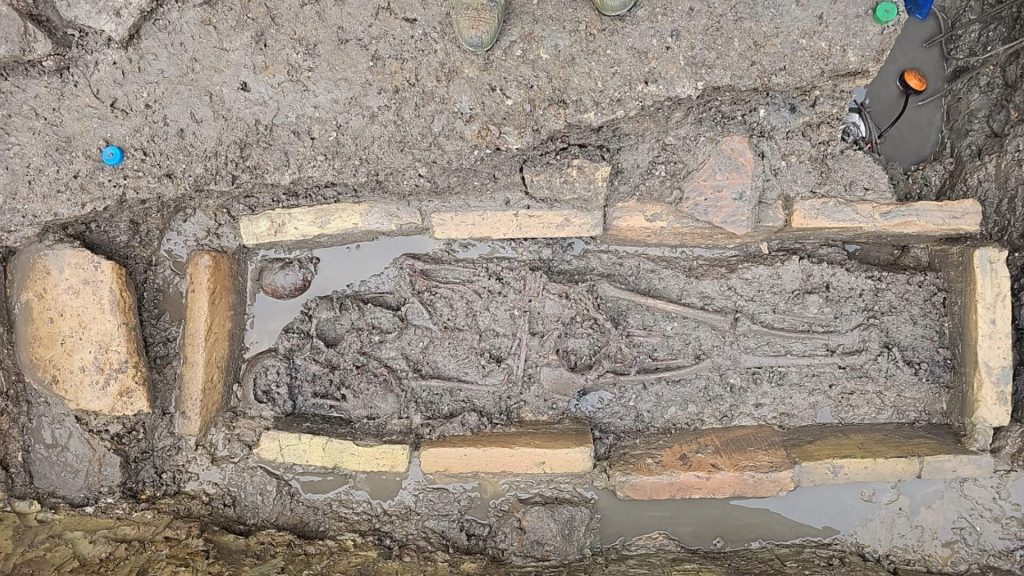
As the Superintendency of Archaeology explained, it was a common practice in the Middle Ages to bury the dead inside a church or in a cemetery next to the church.
Shared Tombs
“In antiquity, it was extremely common to bury next to or inside worship buildings,” explained the Superintendency of Archaeology. “It was equally common to place many deceased inside the same tomb, not necessarily at the same time.”

At the time, multiple people were often interred together in common tombs, though not at the same time. The archaeologists unearthed the remains of four individuals buried in one tomb.
The Excavations Are Complete
Archaeologists working at the Piazza San Marco have completed their excavation of the long-lost Church of San Geminiano. The occupants of the tomb that was found will be analyzed and studied by researchers.
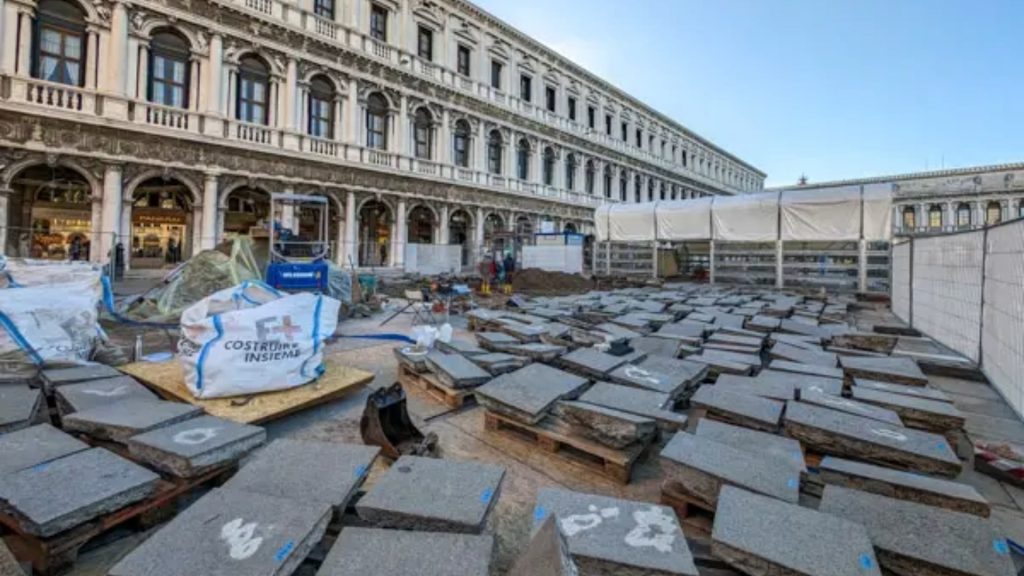
As for the ancient structure itself, it was studied and photographed, then the paving stones were repositioned over top of the discovery. But the researchers at the Superintendency of Archaeology have made careful notes to document the location. The Church of San Geminiano is no longer lost.

